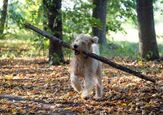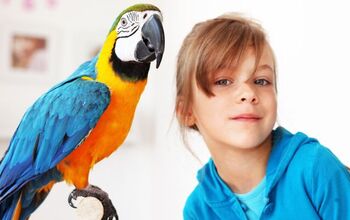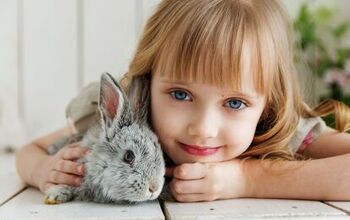Is a Degu a Good Pet for Children?

Furry, cuddly, fun... and you don't have to walk them. What could be easier?
Back to school is just around the corner, and your kids are still eager to have a pet they can enjoy before summer ends and they return to the classroom. If you don’t already have a fur-kid in the household, adding a four-legged family member is definitely something you need to ramp up to. Especially as the aforementioned back-to-school looms and walking, feeding, and cleaning-up assignments can quickly take a back burner.
So, plan to scratch dogs or any other high-maintenance pet from the list and consider what else might fit the cute and cuddly bill while not requiring loads of time and money. If you’re not a fan of rats or guinea pigs and if you’re looking for something that lives longer than a mouse but isn’t as active as a hamster (thinking wheels squeaking all night long), it’s time to check out a Dagu.
For those unfamiliar with this little critter, think guinea pig with a plush brown coat and a long, thin tail. A native of Chile, these sociable, high-energy cuties quickly bond with their owner and are known to recognize them by sight and smell, which makes them almost as much fun as a dog!
Now, because they’re natural habitat includes living in large Degu communities, bringing two rather than one into your home is probably the best way to keep your Degu occupied and happy while the kiddos are in school. And what makes them a great pet for children is that they’re not only playful but active during the day and sleeping at night – so no squeaky wheels or busy chatter keeping the household awake.
Here’s where it gets fun for your kids. To socialize and ensure your Degu is comfortable with its new family, it should be handled daily and offered plenty of mini treats during this bonding period. This helps build a positive rapport for when it's time to return the little guy to his cage – did I mention they require daily exercise and love to be let out of their cage for a race around the house? Warning: they can be mischievous, so never leave one out and about while unsupervised.
And here’s a tip for new owners, the Degu should be held in a cuddle position with one hand underneath and the other hand lying on top, across its back. Poor handling or grabbing by the tail can result in nips… so take the time to show your children how it’s done and explain why they need to respect this little fur ball’s handling preferences. BTW, grabbing or lifting it by the tail can not only cause stress and injury but can result in his tail coming off (seriously!). Shedding their tail is a carry-over from their in-the-wild days, where, to evade predators, they could simply lose their tail if grabbed or stressed. And no, it doesn’t grow back.
When it comes to diet, plain, dry hay is their primary source of food with a small amount of Degu pellets from time to time and treats that are non-fatty (no seeds or nuts) and comprised of raw veggies. Add in a thick layer of hay, shredded paper or non-toxic wood shavings and you have an ideal environment for this burrowing animal. Simple, affordable, and a great way for children to learn how to properly care for, feed, and exercise a small animal. One that is sure to return their affection.

Sharing space with three seriously judgy Schnoodles and 2 felines who prefers to be left alone. #LivingMyBestLife
More by Mary Simpson























